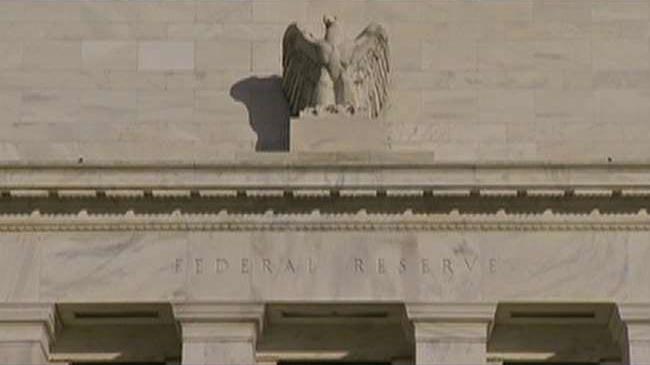Is the Fed Confused? Or is it the Economy, Stupid?
Is the U.S. economy back on solid footing? Has Wall Street recovered from the worst start to a new year ever? Will the Federal Reserve raise rates later this year? Three questions with varied answers that depend on whom you ask give insight into the delicate balance the Fed faces of raising interest rates without upsetting the market’s steady, but arguably fragile, move higher.
Minutes from the U.S. central bank’s April meeting contrast sharply with the statement it issued last month ahead of the two-day policy meeting. And somewhere in between lay comments from various Fed officials who sit at opposite ends of the hawk-dove spectrum, and the odds futures markets place on a rate rise within the next two months.
“Throughout the long path toward monetary policy normalization in the U.S., the Federal Reserve has been more optimistic about the pace of economic recovery than have market participants,” David Joy, chief market strategist at Ameriprise Financial said. “The Fed’s anticipated trajectory of the rise in the fed funds rate has been consistently more aggressive than that of the futures market.”
Joy pointed to earlier this year when the central bank backed off its forecast for four rate hikes in 2016 and told markets it expected just two. But Wall Street hasn’t bought that outlook. Fed Funds futures, a tool that measures the market’s view of the likelihood of changes to U.S. monetary policy, show just a 34% chance of a rate rise next month, a 57% chance of at least one hike in July, and 82% odds by December.
While those numbers are higher than the single-digit odds seen before the April meeting minutes were released last week, it’s been somewhat of an uphill battle for the Fed to adequately convince the market it’s serious when it comes to tightening monetary policy. In the last week, a number of high-level Fed officials have taken a more hawkish tone, including New York Fed President William Dudley who said he expects to see second-quarter economic growth of 2% and sees market concerns from abroad as having mostly abated.
Joy said this increased focus on the Fed’s updated message to the markets is succeeding, but only to a point.
“Given the still widespread impression that the economic recovery remains fragile, the market is still judging the likelihood of two rate hikes this year to be a longshot,” he said. “Although the Fed is not bound by any preset course, it would seem that for two hikes to be a realistic possibility, the first one would need to happen soon.”
He said a June hike might be too soon, though, given overseas risk including the potential for Britain to leave the European Union, and U.S. economic data only recently beginning to firm.
Michael Block, chief strategist at Rhino Trading Partners, said the Fed’s insistence that it will make any decisions on rate hikes based on economic data is an old line that has to go.
“I don’t think they’re primed to hike,” he said. “We can talk about the data being good or bad but the important thing here is that they’re not data dependent. If they were…they would have started raising rates sooner. ..they had their chance on data dependence and they missed it.”
In a Monday research note, Goldman Sachs’ (NYSE:GS) Global Investment Research Chief Economist Jan Hatz said his team’s confidence in identifying exactly when the Fed will move is low, simply because the central bank’s communication is confusing.
“The FOMC statement on April 27 contained no tangible hint of a move at the next meeting…but then the April 26-27 minutes said that ‘most participants judged that…it would likely be appropriate for the committee to increase the target range for the federal funds rate in June.’ Admittedly, this was qualified by a long list of economic conditions,” he wrote.
He also said he sees a 35% probability that the next rate rise will happen in June, the same odds for July, and 20% in September.
“That means we are quite confident that there will be at least one hike over the next two to three meetings, but at the same time, quite unsure about the specific timing of the hike,” Hatz wrote.
In essence, the Fed’s position on the economy remains that it is continuing on the path to recovery. But if one thing’s for sure, the markets will be keenly focused on Fed Chair Janet Yellen’s remarks on June 6 in Philadelphia for any last-minute clues as to whether the central bank has enough confidence in both the U.S. economy’s and U.S. markets’ ability to handle tighter policy – amid a slew of risks – sooner rather than later.




















